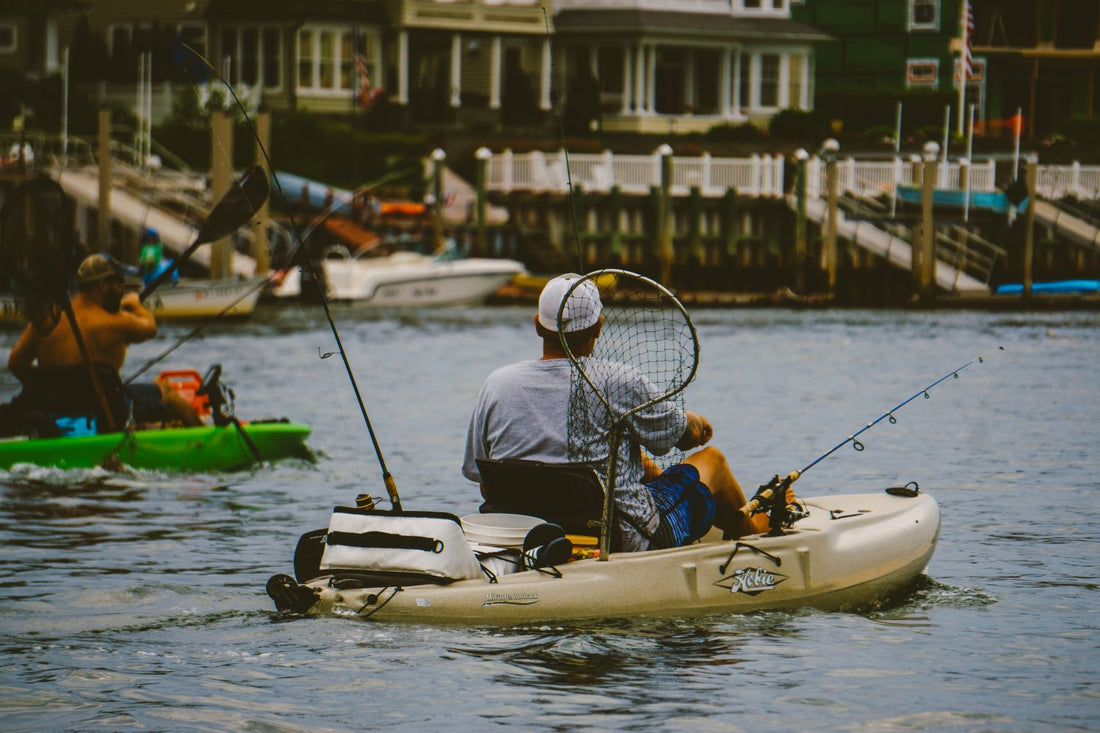
Essential Kayak Fishing Tips for Enthusiasts
Share
Introduction
Imagine gliding silently across a calm lake or river, surrounded by nature, with your fishing rod ready to catch the next big one. Kayak fishing combines the thrill of angling with the adventure of paddling, offering a unique way to explore hard-to-reach fishing spots. This growing sport allows enthusiasts to access serene waters and target a variety of fish species, all while enjoying the outdoors. Whether you're a beginner or a seasoned angler, mastering kayak fishing requires the right techniques and preparation. In this guide, we'll dive into essential tips to help you make the most of your kayak fishing experience.

Choosing the Right Kayak
Selecting the perfect kayak is the first step to a successful fishing trip. Opt for a fishing kayak designed with stability and storage in mind. Look for models with features like rod holders, ample deck space, and adjustable seating. A sit-on-top kayak is ideal for beginners due to its ease of use and ability to handle different water conditions. Consider the length and width—longer kayaks offer better tracking, while wider ones provide more stability. Test different options to find one that suits your fishing style and body size.
Essential Gear
Equipping yourself with the right gear is crucial for kayak fishing. Bring a sturdy fishing rod and reel combo suited for the fish species in your area. Pack a tackle box with a variety of lures, hooks, and weights to adapt to changing conditions. A life jacket is a must for safety, especially on open water. Add a paddle leash to keep your paddle secure, and don’t forget a waterproof bag to protect your phone, snacks, and extra clothing. A fish finder can also enhance your trip by locating underwater hotspots.
Paddling and Positioning Techniques
Mastering paddling is key to navigating effectively. Use smooth, controlled strokes to conserve energy and maintain stealth, as fish can be spooked by sudden movements. Position your kayak near structures like fallen trees, weed beds, or drop-offs where fish are likely to gather. Anchor your kayak using a drift anchor or stake-out pole to stay in place without disturbing the water. Practice casting from a seated position to improve accuracy and avoid tipping.

Casting and Retrieval Tips
Casting from a kayak requires practice due to the limited space. Use a sidearm cast to keep your line low and avoid snagging the kayak. Match your lure to the target species—soft plastics work well for bass, while spoons are great for trout. Retrieve your line with a steady or intermittent motion, depending on the lure’s action. Stay patient and observant, adjusting your technique based on fish activity and water conditions.
Safety Considerations
Safety should always come first. Always wear a properly fitted life jacket and check weather forecasts before heading out. Carry a whistle or signaling device for emergencies, and let someone know your planned route and return time. Avoid overloading your kayak to maintain balance, and be cautious of strong currents or windy conditions. Keep a first-aid kit and hydration on hand to handle minor issues.
Conclusion
Kayak fishing offers an exciting way to connect with nature and reel in impressive catches. By choosing the right kayak, gearing up properly, mastering paddling and casting techniques, and prioritizing safety, you’ll be well-prepared for a rewarding adventure. So grab your paddle, hit the water, and enjoy the thrill of kayak fishing!

